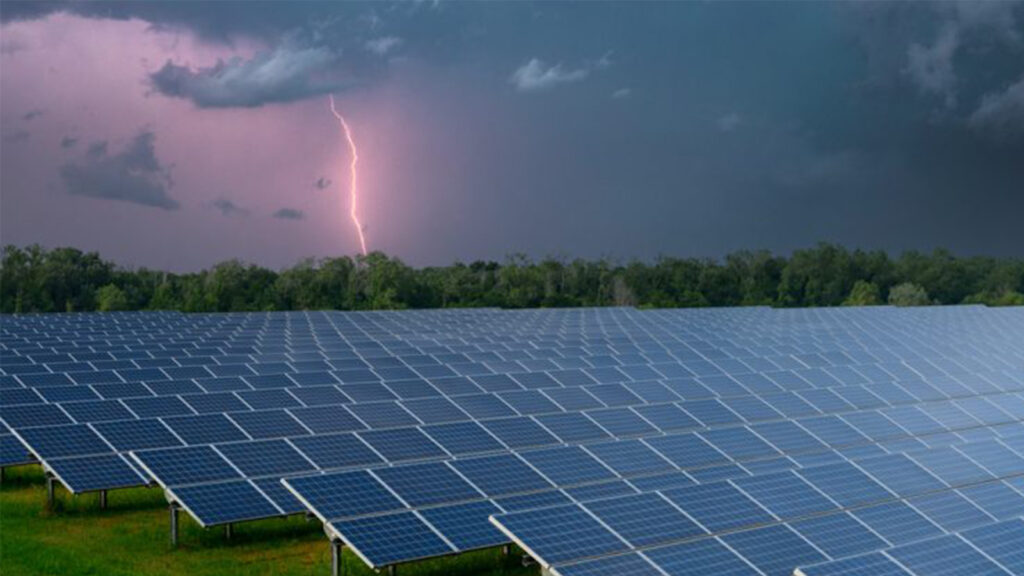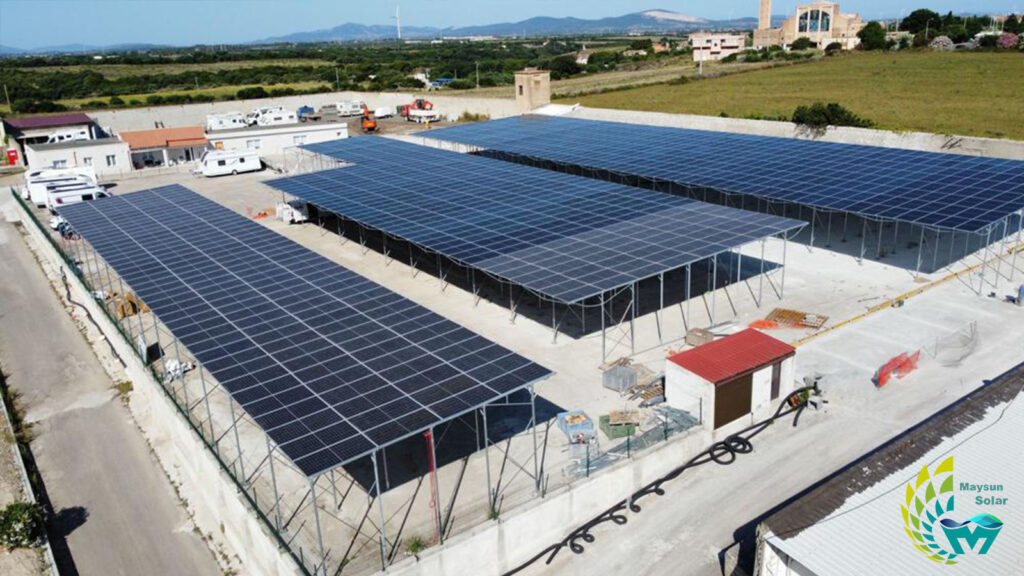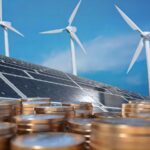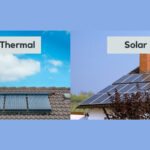The use of solar panels to produce renewable energy has increased in popularity in recent years. Solar power is used to generate electricity, which cuts down on carbon emissions and costs. However, extreme weather can also have an impact on solar panels. In this piece, I’ll go over how different climates can affect solar panels and what can be done to lessen the blow.
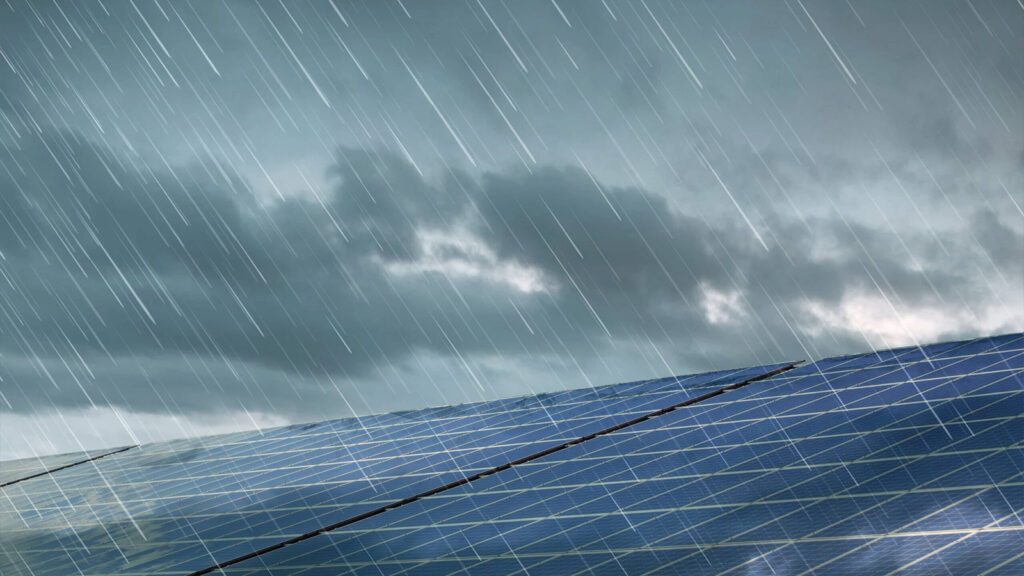
Heavy rain’s effect on solar panels
While light rain doesn’t normally pose much of a threat to solar panels, severe downpours over an extended period of time might reduce output. Dirt and debris might collect on the panel’s surface during dry seasons, lowering its effectiveness. Some dirt may be removed by rain, but too much water on the panel’s surface can reduce its efficiency in generating power from sunlight. Optimal performance can be maintained even during the rainy season with professional cleaning and maintenance.
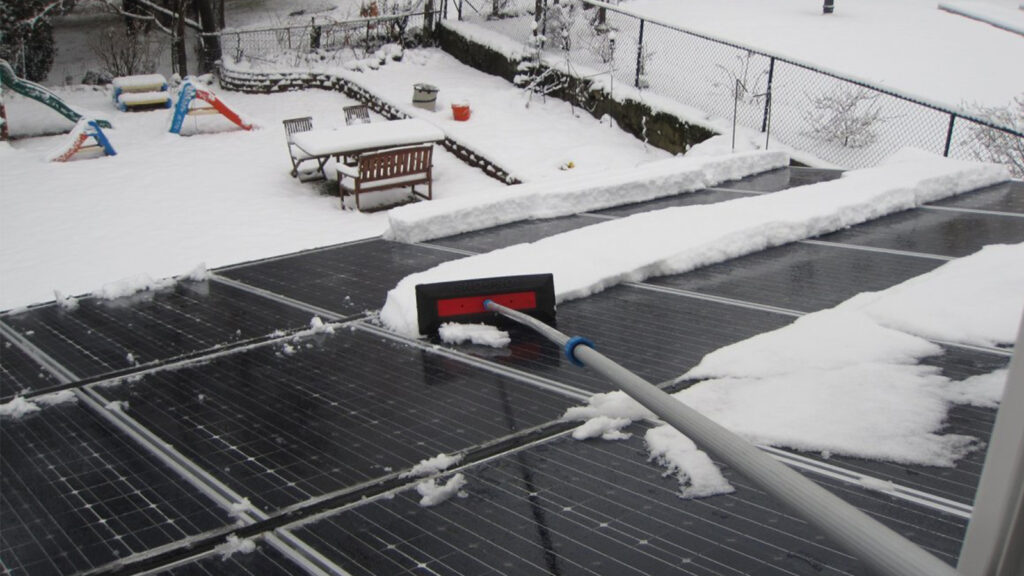
Snow and ice can have an effect on solar panels
Solar panel output is significantly diminished by snow and ice, especially in regions with severe winters. The panels’ efficiency is diminished when deep snowfall obscures the sun. Solar panels are susceptible to damage and breakage due to the weight of snow on the panels and their mounting infrastructure. Fortunately, most solar panels can be set at an inclination that permits snow to roll off, and if enough systems are tilted, snow buildup may be avoided as well. The problem can be fixed by carefully clearing the panels of snow using a snow removal rake and brush, taking care not to scratch the surface.
As a professional solar panel manufacturer, Maysun Solar launches Twisun X series solar panels, which have reinforcement added to the back of the panel, and its power covers 390W-410W, which is the best choice for snowy areas!
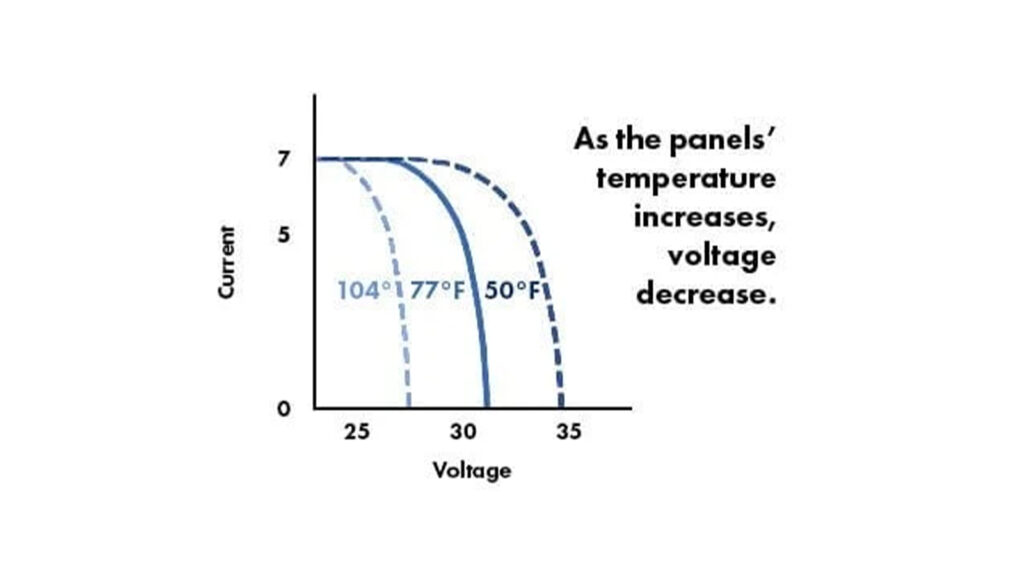
Impact of high temperature and heat wave on solar panels
Solar panels operate more effectively at lower temperatures, and at lower temperatures, they can generate more voltage and thus more power. Their performance may therefore falter during heat waves and extreme temperatures. Elevated temperatures can reduce the efficacy of energy production and hasten the ageing process of solar panels. However, solar panels equipped with cutting-edge technology can withstand high temperatures and are rigorously tested to ensure their durability. In addition, proper ventilation and installation help solar panels dissipate heat and prevent damage caused by high operating temperatures.
Solar panels utilising IBC technology have superior low-temperature coefficients when tested. Due to the fact that the back contact shields the solar cells from moisture and heat, IBC solar panels can operate more efficiently in hot climates and have a minimum temperature coefficient of -0.29%/°C at optimum power. However, the low temperature coefficient of PERC solar panels is -0.34/0.35%/°C.
(NOTE: The temperature coefficient is a measure needed to figure out how much energy a solar panel is losing. Its value is usually between -0.29% and -0.5%/°C. This means that the power of the module drops by 2.9% to 5% for every 10°C rise in temperature.)
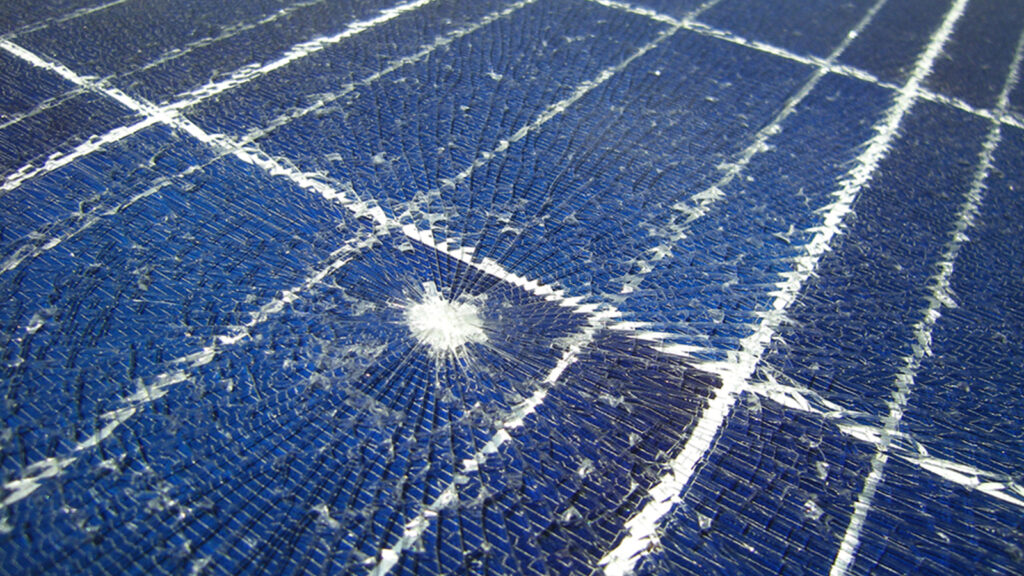
The effect of hail on solar panels
One of the most damaging things that may happen to solar panels is hail. The glass surface of the panel is susceptible to physical damage from hailstones of varying sizes and impact forces, which can occur. The solar panel industry has seen significant technological advancements in recent years, which has resulted in modern solar panels being manufactured with tempered glass and other specific protective coatings that make them more resistant to the damaging effects of hail. Some solar panels are even designed to survive hail of a specific size and speed, giving customers in regions where hail is common the peace of mind they need to utilise the panels.
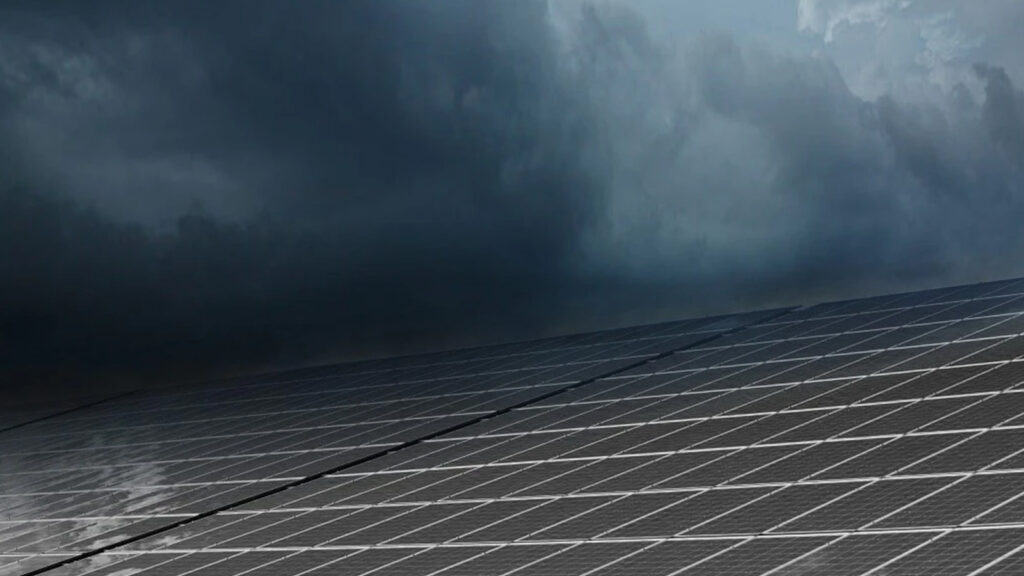
Facing high winds and hurricanes
Solar panels’ durability is tested by calamities like hurricanes and high winds. Panels can be blown off a roof or mounting structure by strong winds if they are not correctly fastened. Most manufacturers create solar panels that can survive winds of up to 140 miles per hour, which is far higher than the typical range of 40 to 112 miles per hour for tornadoes. The mounting system is also built to last in such extreme climates. The best way to find out what needs fixing before a storm hits is to have regular inspections and maintenance done.
While inclement weather can present challenges for solar panels, they remain a reliable and sustainable energy solution for countless homes and businesses around the world. Regular inspections, maintenance and occasional cleaning are key to ensuring optimum performance and longevity of your solar panel system, regardless of weather conditions, and can minimise the impact of bad weather so that solar panels can continue to provide clean energy for decades.
When deciding on solar panels, it is vital to choose reputable solar manufacturers and installers who understand local weather conditions and can customise installations to meet the challenges posed by the climate.Maysun Solar has successfully established offices, warehouses and long term relationships with excellent installers in many countries! For the latest solar panel quotes or any PV related enquiry, please feel free to contact us.

How to Effectively Clean and Intelligently Maintain Photovoltaic Systems for Optimal Performance?
Explore how scientific cleaning and intelligent maintenance can ensure the efficient operation of commercial and industrial photovoltaic systems. Practical advice covers module cleaning frequency, monitoring system configuration, and long-term strategies for energy savings and performance enhancement.

2025 European Photovoltaic Policy Map: Deployment Paths and Regional Strategies for Commercial and Industrial Photovoltaics
A comprehensive analysis of the 2025 European commercial and industrial photovoltaic policy map, focusing on deployment strategies, incentive comparisons, and zero-investment models to support businesses in achieving an efficient and green transition.

Empowering Factories with Solar Energy A Strategic Tool for Controlling Production Electricity Costs
Commercial and industrial solar is becoming a key solution for factories to reduce electricity costs and hedge against price fluctuations. This article systematically analyzes its deployment models, cost advantages, and sustainable value pathways.

How Businesses Can Offset Carbon Taxes with Solar Power
This article analyzes the latest carbon tax policies and photovoltaic deduction strategies, helping European businesses legally reduce taxes, increase profits through solar investment, and achieve a win-win situation for both economy and environment.

Forecast and Response: Seizing the Next Decade’s Growth Dividend in Europe’s Commercial and Industrial Photovoltaics Market
Maysun Solar analyzes the growth trends of commercial and industrial photovoltaics in Europe over the next ten years, from policies and ESG to technological innovation, helping companies seize the initiative in the energy transition.

How to Calculate Solar System ROI and Optimize Long-Term Returns?
Solar power is becoming a key solution for businesses to reduce costs and improve efficiency. Accurately calculating ROI and optimizing long-term returns are essential to maximizing investment value.

